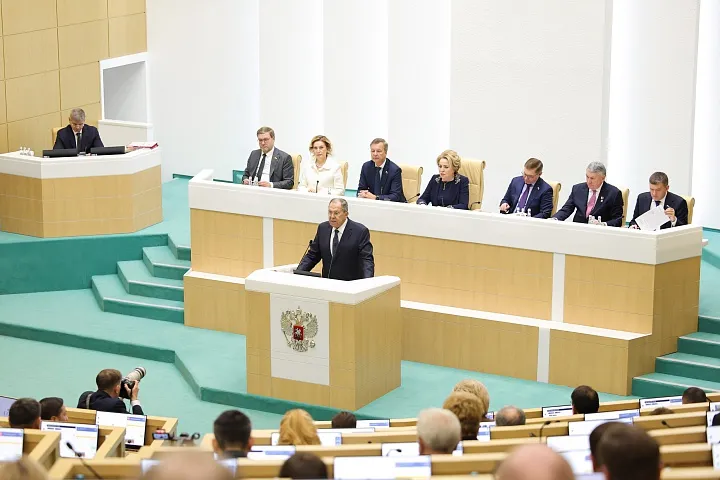According to Global Construction Review (GCR) on Sept. 6, which was drawing from a Sept. 3 World Nuclear News report, Russia’s main energy utility, the Unified Energy System of Russia, has published a draft plan for investment in energy over the next 18 years, which would bring the nuclear share in total energy production from 19% to 24%. This proposes the construction of 34 reactors, more than one-third of them in Siberia and the Urals. The figure includes small modular and experimental designs as well as conventional gigawatt-scale units. The Unified Energy System oversees about 70% of the country’s installed capacity. Rosatom actually plans 37 reactors in that period.
As GCR reported from World Nuclear News:
“Four VVER-Toi units will be commissioned at the Kursk II Nuclear Power Plant (NPP) between 2025 and 2034. Existing RBMK-1000 reactors at Kursk I–the type used at Chernobyl–will be decommissioned. Three VVER-S/600 units will be added to the Kola NPP between 2035 and 2040 (pictured) Two VVER units to be built at Smolensk NPP, completing between 2033 and 2035. Two VVER-optimum reactors will be constructed at Novocherkassk, near the Black Sea port of Rostov, between 2036 and 2038.
“BN-optimum units will be added to the Reftinskaya coal plant, about 2,000km east of Moscow, between 2038 and 2042. Two units with total capacity of 2.5GW will be built at the Yuzhnouralsk facility in the Chelyabinsk region in the east of the country. Four units with total capacity of just more than 5GW are slated for the Krasnoyarsk plant, in Krasnoyarsk Krai region of southern Siberia.
“There will also be a pilot BREST-OD-300 demonstration unit, to be commissioned in Seversk in 2028.”
Most of the reactors are based on the VVER pressurized water design. The VVER-Toi is a Generation 3-plus type based on the VVER 1200, which has been the mainstay of the Russian nuclear industry since the 1960s.




